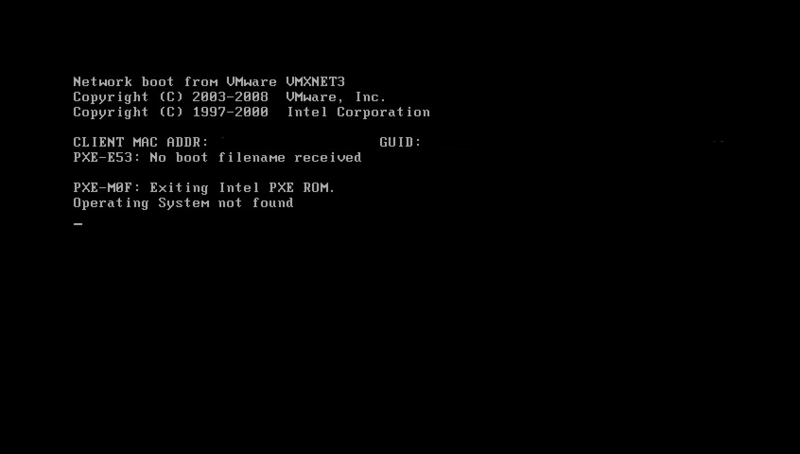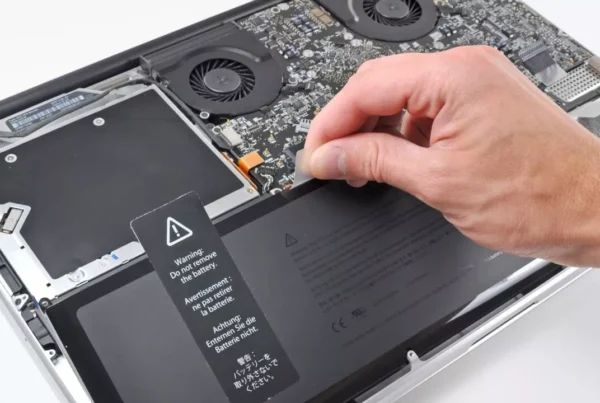RECOMMENDED: Click here to fix Windows errors and get the most out of your system performance
Some Windows users trying to use VMware Workstation or VMware Player report seeing the “Operating system not found” error when starting the virtual machine. The error is reported when users try to install an operating system from a physical disk or ISO file. The issue is not exclusive to a particular version of Windows because it has been confirmed in Windows 7, Windows 8.1, and Windows 10.
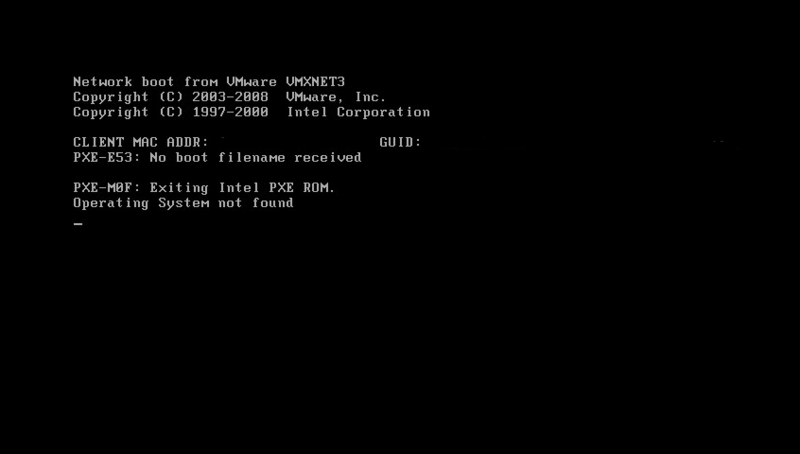
ISO connection to a virtual machine
To fix the “Operating system not found” error when powering on the virtual machine you just created, you need to connect the device/ISO to the virtual machine.
- Select your virtual machine in the inventory window.
- Right click -> Change settings -> Choose CD/DVD
- Under Device Status -> Select Connection when the device is on. It's over for you.
- Then try turning on the device now, and you should see the next operating system installation screen instead of this error.
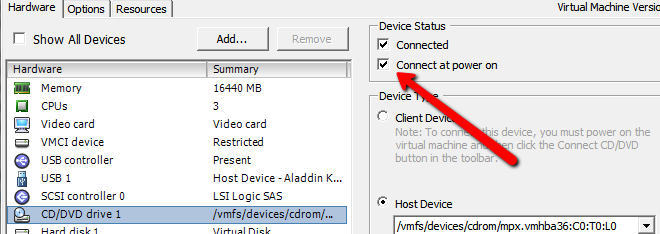
Recreating the virtual machine
Some concerned users indicated that they had managed to fix the problem by rebuilding the virtual machine and ensuring that BIOS was preferred over UEFI. Others we used with VM Fusion or VMware Workstation reported that disabling Easy Install fixed the issue for them.
Here is a short guide to restore the virtual machine:
- Open your VMware application and click Start in the left menu. Then go to the menu on the right and click Create a new virtual machine.
- On the New Virtual Machine Wizard screen, select your installation source and click Next.
- Note: If you are using VM Fusion or VMware Workstation, be sure to disable the Easy Install option.
- On the next screen, enter a name for your virtual machine and a location where the virtual machine will be stored.
- On the next screen, set the maximum disk size and choose the virtual disk storage method before clicking Next again.
- En la próxima pantalla, deje la configuración de hardware en sus valores predeterminados o ajústelos usted mismo antes de hacer un clic en Culminar.
- Run the newly created virtual machine and verify that the issue is resolved.
Reload the VMX file
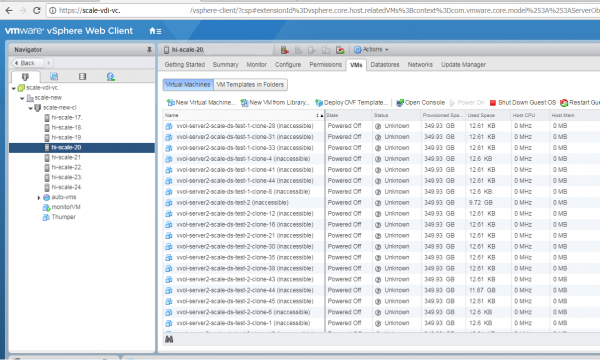
To reload the .vmx file, follow these steps:
- First we must get the Vmid virtual machine with the following command:
# vim-cmd vmsvc/getallvms - You will see output equivalent to what you see in
- Vmid File Name Guest Operating System Version Note 2848 Win2003_storage_performance[local] Win.vmx winNetEnterpriseGuest vmx-07 Use as template
- In this example, the Vmid is 2848.
- Reload the .vmx file with this command:
# vim-cmd vmsvc / reload Vmid
CONCLUSION
The reason for this issue is that the VM is trying to boot from the first SCSI device, and since the new empty virtual disk I added was the first SCSI device, the system was unable to boot.
If you have any questions, let us know in the comments field below.
https://communities.vmware.com/thread/452942
RECOMMENDED: Click here to fix Windows errors and get the most out of your system performance

